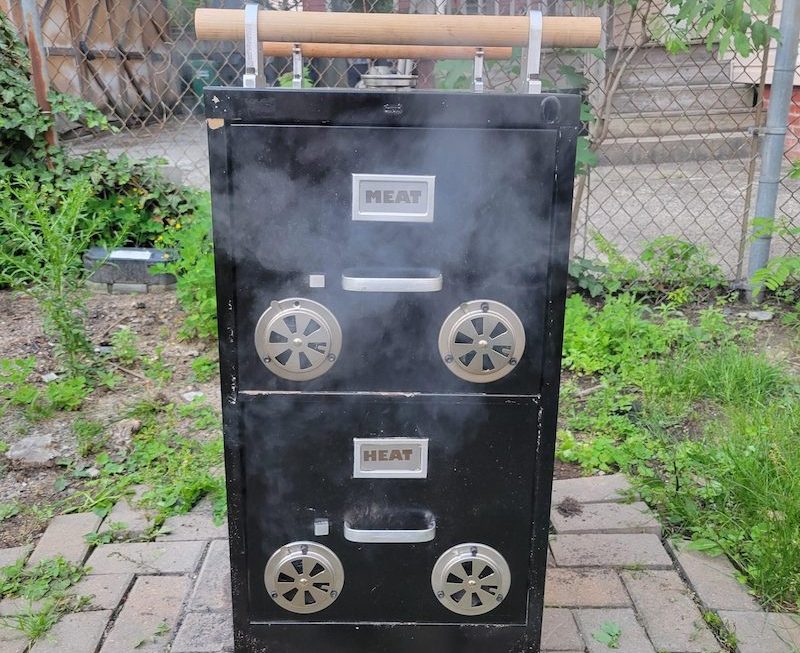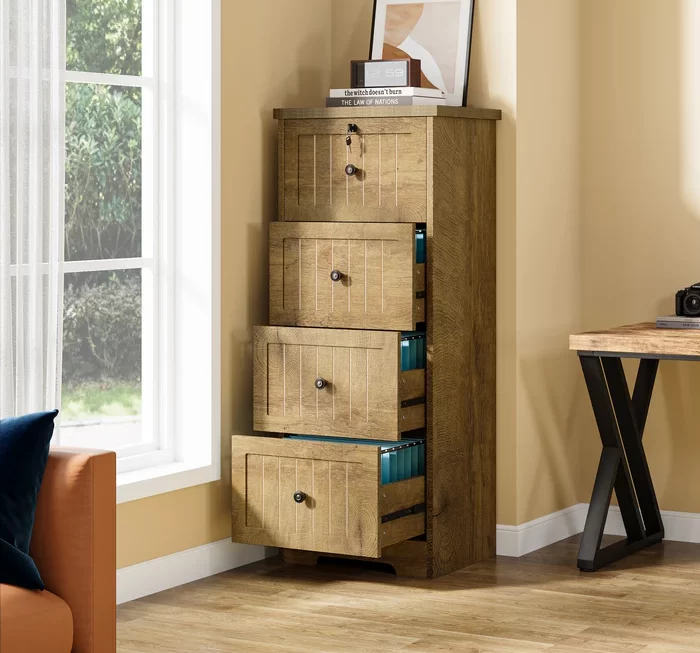
How to clean cabinet hinges
Cabinet hinges, those seemingly insignificant metal components, play a crucial role in the functionality and aesthetic appeal of your kitchen, bathroom, or any other space with cabinetry. Over time, these hinges can accumulate grime, grease, and dust, leading to squeaking, sticking, and even damage to your cabinet doors. Regular cleaning and maintenance of cabinet hinges are essential to ensure their smooth operation and longevity.
This comprehensive guide will walk you through the steps of effectively cleaning your cabinet hinges, addressing different types of hinges, and offering preventive measures to keep them in tip-top shape.
 Identifying Your Hinge Type
Identifying Your Hinge Type
How to clean cabinet hinges
The first step in cleaning your cabinet hinges is to identify the type you have. Understanding the type of hinge will determine the most effective cleaning methods. Common cabinet hinge types include:
Essential Cleaning Tools and Supplies
Before you dive into cleaning, gather the necessary tools and supplies:
- Soft-bristled brush: This is ideal for removing loose dust and debris from the hinge components.
- Toothbrush: A used toothbrush with soft bristles is perfect for reaching tight spaces and corners.
- Microfiber cloth: Use this to wipe away dirt, grime, and cleaning solutions.
- WD-40 or silicone spray: These lubricants help prevent squeaking and ensure smooth hinge movement.
- Cleaning solution: You can use a mild dish soap solution, a specialized cleaner for metal surfaces, or white vinegar diluted with water.
- Paper towels: Use these for drying the hinges after cleaning.
- Cotton swabs: Ideal for reaching small, hard-to-access areas within the hinge.
- Screwdriver: A small screwdriver will be necessary if you need to detach the hinges from the cabinet door.
Cleaning Process: Step-by-Step Guide
How to clean cabinet hinges
Now that you have your tools ready, follow these steps to effectively clean your cabinet hinges:
- Dust Removal: Begin by dusting off the hinges with a soft-bristled brush or a dry microfiber cloth to remove loose dirt and debris.
- Detachment (Optional): If your hinges are extremely dirty or you want to clean them thoroughly, you may need to detach them from the cabinet door. Use a small screwdriver to remove the screws holding the hinges in place.
- Cleaning the Hinge Components: With a soft-bristled toothbrush, apply a cleaning solution to the hinge plates, pins, and other moving parts. Use a cotton swab to reach tight spaces and crevices.
- Cleaning the Hinge Cup (European Hinges): For European hinges, use a soft-bristled brush or cotton swab to clean the hinge cup itself.
- Rinsing and Drying: Rinse the hinges with water to remove any cleaning solution residue. Ensure that you dry the hinges thoroughly using a microfiber cloth or paper towels to prevent rusting.
- Lubrication: Apply a thin layer of WD-40 or silicone spray to the moving parts of the hinge, such as the hinge pin and the hinge plates. This will prevent squeaking and ensure smooth operation.
- Reattachment (Optional): If you detached the hinges, reattach them to the cabinet door using the screws.
- Final Wipe-down: Finally, wipe down the surrounding cabinet area with a clean microfiber cloth to remove any remaining dust or cleaning solution.
 Addressing Specific Hinge Issues
Addressing Specific Hinge Issues
While regular cleaning helps prevent many problems, you may encounter specific issues that require additional attention:
- Squeaking Hinges: Squeaking hinges are often caused by dry or worn-out hinge pins. Lubrication with WD-40 or silicone spray should resolve the issue. If the squeaking persists, replace the hinge pin.
- Sticking Hinges: Sticking hinges may be due to dirt, grime, or misalignment. Thorough cleaning and lubrication should address this problem. If the hinge remains sticky, consider adjusting the screws or replacing the hinge.
- Loose Hinges: Loose hinges can be fixed by tightening the screws holding the hinge in place. If the screws are stripped, replace them with new ones.
Preventive Maintenance for Long-Lasting Hinges
How to clean cabinet hinges
Regular cleaning is essential, but here are some additional tips to keep your cabinet hinges in optimal condition:
- Avoid Harsh Cleaners: Using abrasive cleaners or harsh chemicals on your hinges can damage the finish and cause premature wear.
- Regular Cleaning: Make cleaning your cabinet hinges part of your regular cleaning routine. Aim for cleaning them at least once every few months, or more frequently if you use your kitchen or bathroom heavily.
- Close Doors Gently: Slamming doors can damage the hinges and cause them to loosen over time. Close your cabinet doors gently to prevent undue stress on the hinges.
- Keep Cabinet Doors Aligned: Misaligned cabinet doors can put extra strain on the hinges. Ensure that the doors are aligned properly to prevent premature wear and tear.
 Upgrading to Higher-Quality Hinges
Upgrading to Higher-Quality Hinges
While cleaning and maintenance can extend the lifespan of your hinges, upgrading to higher-quality hinges can offer long-term benefits. Consider the following factors when choosing new hinges:
- Material: Look for hinges made of durable materials such as stainless steel, brass, or nickel. These materials are less prone to rust and wear.
- Construction: Choose hinges with a sturdy construction and smooth moving parts. Avoid hinges with flimsy components or overly complex designs.
- Soft-Close Mechanism: Soft-close hinges incorporate a mechanism that slows down the closing of the door, preventing slamming and extending the lifespan of the hinges.
- Concealed Hinges: Consider installing concealed European hinges for a cleaner, more modern look.
Some current trends in cabinet hinges:
Here are some current trends in cabinet hinges:
1. Soft-Close Hinges:
These are the most popular type of hinge currently, as they provide a smooth, quiet closing action. They are available in a variety of styles and finishes to match any cabinet design.
2. Full Overlay Hinges:
These hinges are designed to conceal the door when closed, creating a seamless look.
3. European Style Hinges:
These hinges are known for their high quality and durability. They are typically made of metal and have a more refined look than traditional hinges.
4. Hidden Hinges:
These hinges are concealed within the cabinet, creating a sleek, minimalist look.
5. Specialty Hinges:
These hinges are designed for specific applications, such as corner cabinets or cabinets with doors that open in unique ways. There are hinges for everything from glass doors to heavy doors.
6. Finishes:
The finish of your cabinet hinges can make a big difference in the overall look of your kitchen. Popular finishes include brushed nickel, satin nickel, oil-rubbed bronze, and black.
7 Color:
Popular colors include white, black, and gray.
These are just a few of the current trends in cabinet hinges. When choosing hinges for your kitchen, be sure to consider your personal style and the overall design of your cabinets.
The Importance of Cleaning and Maintaining Your Cabinet Hinges
How to clean cabinet hinges
Cleaning and maintaining your cabinet hinges is essential for several reasons:
- Smooth Operation: Clean hinges move smoothly and silently, preventing annoying squeaks and sticking.
- Extended Lifespan: Regular cleaning and lubrication can significantly extend the lifespan of your hinges.
- Enhanced Aesthetics: Clean hinges enhance the overall appearance of your cabinetry, giving it a polished and well-maintained look.
- Preventing Damage: Neglecting hinge maintenance can lead to damage, requiring expensive repairs or replacements.
By following the steps outlined in this guide, you can ensure that your cabinet hinges operate smoothly and efficiently for years to come. Regular cleaning and preventive maintenance are crucial for preserving the functionality and aesthetic appeal of your cabinetry.




